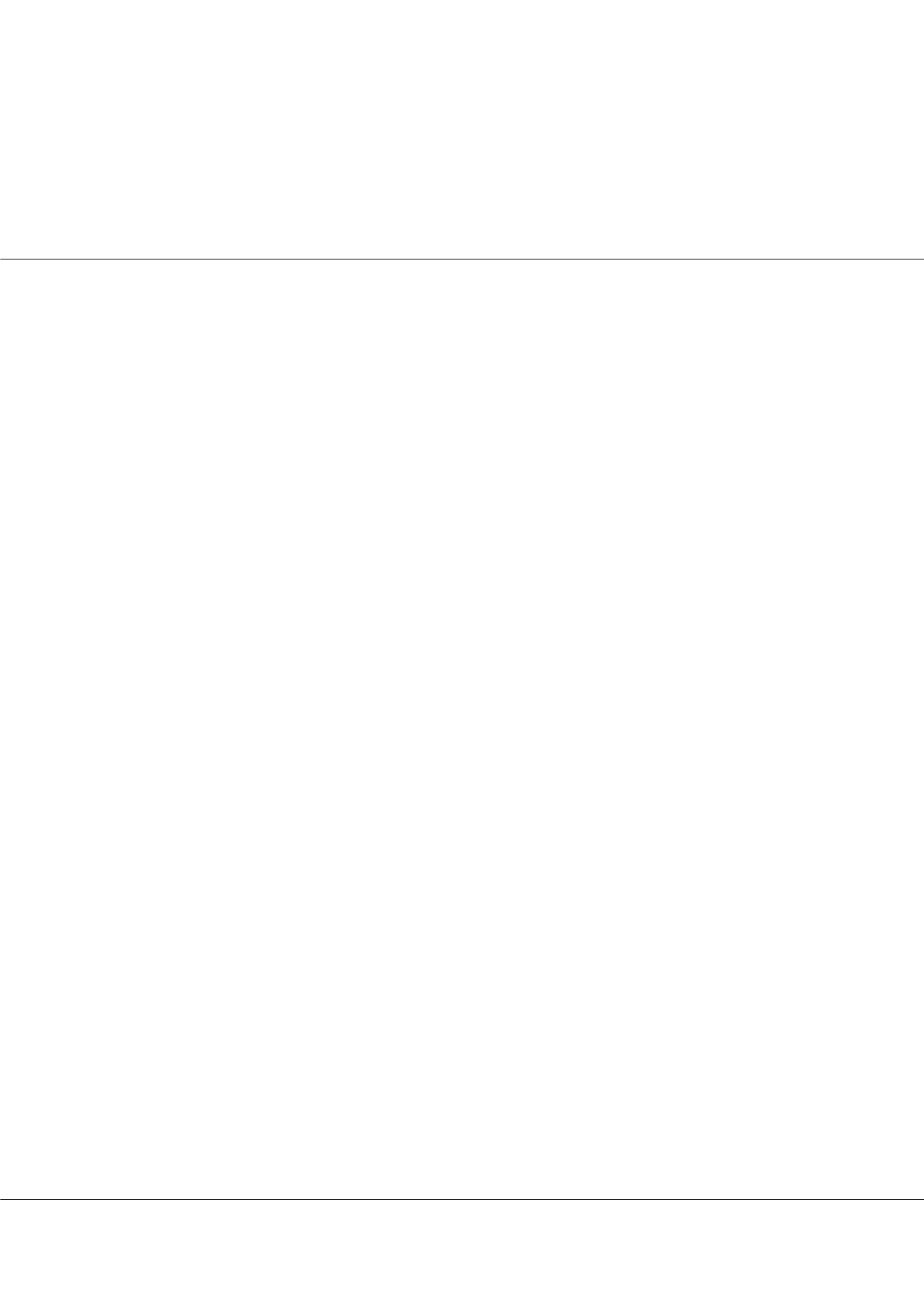

Page 66
Journal of Clinical & Experimental Pharmacology | ISSN: 2161-1459 | Volume: 8
International Conference on
July 18-19, 2018 | Atlanta, USA
Pharmacology and Ethnopharmacology
11
th
International Conference and Exhibition on
Pharmaceutical Oncology
&
Research on antidote of chemical weapons known as Sodasulphanecoblamin
Salako N Olatunji
Feral Institute of Industrial Research, Oshodi
S
odaSulphanecobalamin (Na4S5 CoC69N15H89O26) is an antidote for chemical weapons, which detoxify and decentralized the
toxic substances in any chemical based threat mainly, classical chemical agent threat categories include vesicant or blister agents
(e.g., sulfur mustard), blood agents (e.g., cyanide), respiratory agents (e.g., phosgene), and nerve agents (e.g., GA or Tabun, GB or
Sarin, GD or Soman, and VX) as well as lung damaging agents (Chlorine, diphosgene). It dissociate the toxic components in each
chemical weapons, either nerves agent, blister agent or mustard gas to a nontoxic substance when administered and doesn't have any
adverse effects unlike Atropine (which has little effect on nicotinic effect, such as muscle twitching, flaccidity) and other antidotes
been tested for neutralizing or countermeasures for a particular chemical based threat. Cyanides being displaced to a free toxic
compound, thiocyanocobalamin. It removes the burns when the sulfur mustard is been contacted through skin, and eye the antidote
(SodaSulphanecobalamin) which is sulfur drug group (H-S) bends the mustard makes the anditodal removes mustard from the body,
of which can be used as treatment for organic Arsenical. It also added the amide group of protein when used. However, in recent
studies it was proven that this antidote served as a replacement for the antidote of orange agent (2, 3, 4, 7-tetra chlorobenzodioxin)
which displaced millions of Vietnam citizens during the World War II and displaces chlorobenzo to sodium benzoate and saline.
Though Mercury (I) oxalate is been used for this antidote for the orange agent, but we all know that Mercury is highly toxic and
poisonous to the human. Nerve agents developed in the 1930s and 1940s were stockpiled during the Cold War. More recently, nerve
agents have been used in the Iran–Iraq War in the 1980s, the Japanese terrorist attacks by the Aum Shinrikyo cult in 1995 and attacks
in Syria in 2017. When SodaSulphanecobalamin is been used for nerves agent antidotal, it dissociates organophosphate to phosphoric
acid which helps in metabolism of the body. (Na4S5 CoC69N15H89O26) is produce by dissolution of hydroxocobalamin with the
decomposition of Sodium nitrite and Sodium thiosulfate, then treated with the acidified Sodium bicarbonate, which led to a faster
return to baseline mean arterial pressure compared with sodium nitrite with sodium thiosulfate; however, there was no difference
between the antidote combinations in mortality, serum acidosis, or serum lactate (TERTSodium1,2-diithiosulphite-3,4diiintroso Co-
α(α-5,6diimethlybenzylmizazonly)co-β-hydroxocobalamin) This Research helps to develop the concepts, therapeutic regimens and
procedures for the management of chemical warfare agent casualties; developing prognostic and diagnostic indicators for chemical
warfare agent casualties moreover making life-support equipment for definitive care of chemical warfare agent casualties. Using
SodaSulphanecobalamin is the most effective and reliable way to treat chemical weapons. It is non-carcinogenic, non-mutagenic and
non-teratogenic compound whose composition doesn’t have any toxicity and health effect when administered. It can also be used as
any chemical based threat.
salakoolatunji9@gmail.comClin Exp Pharmacol 2018, Volume: 8
DOI: 10.4172/2161-1459-C1-029
















